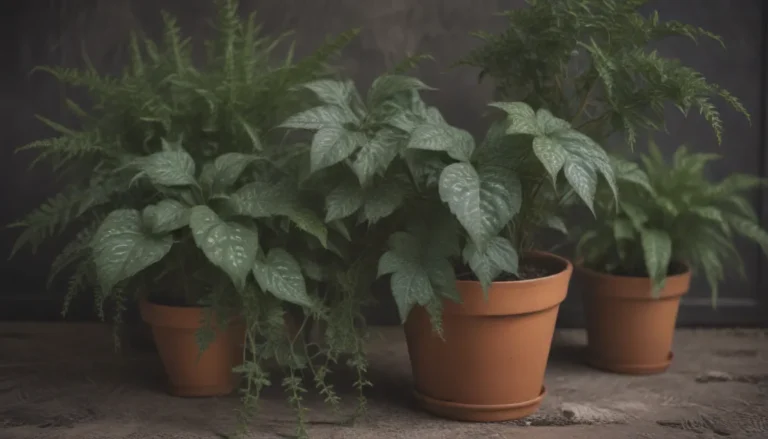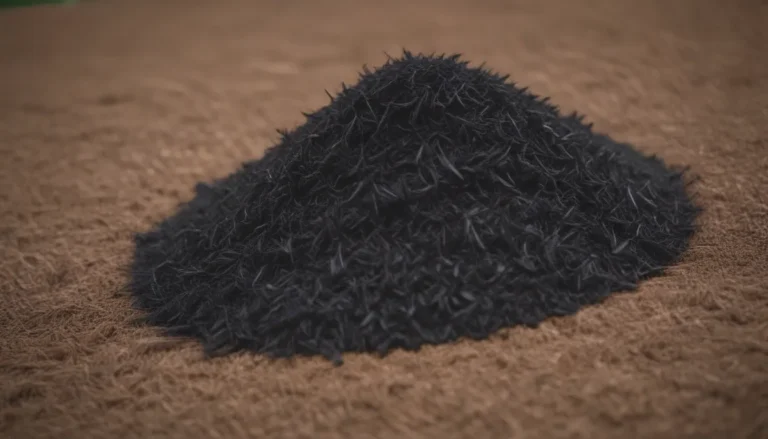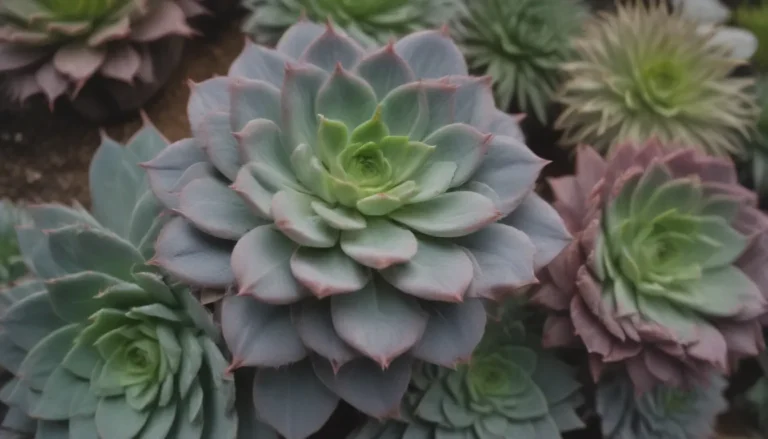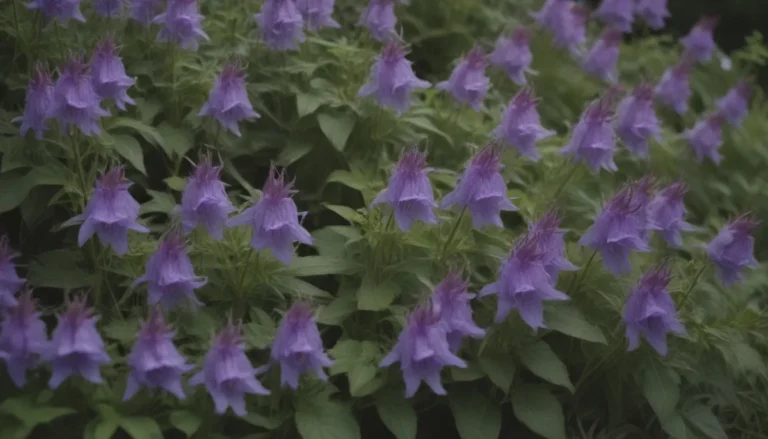Expert Tips for Growing and Caring for Philodendron Imperial Red
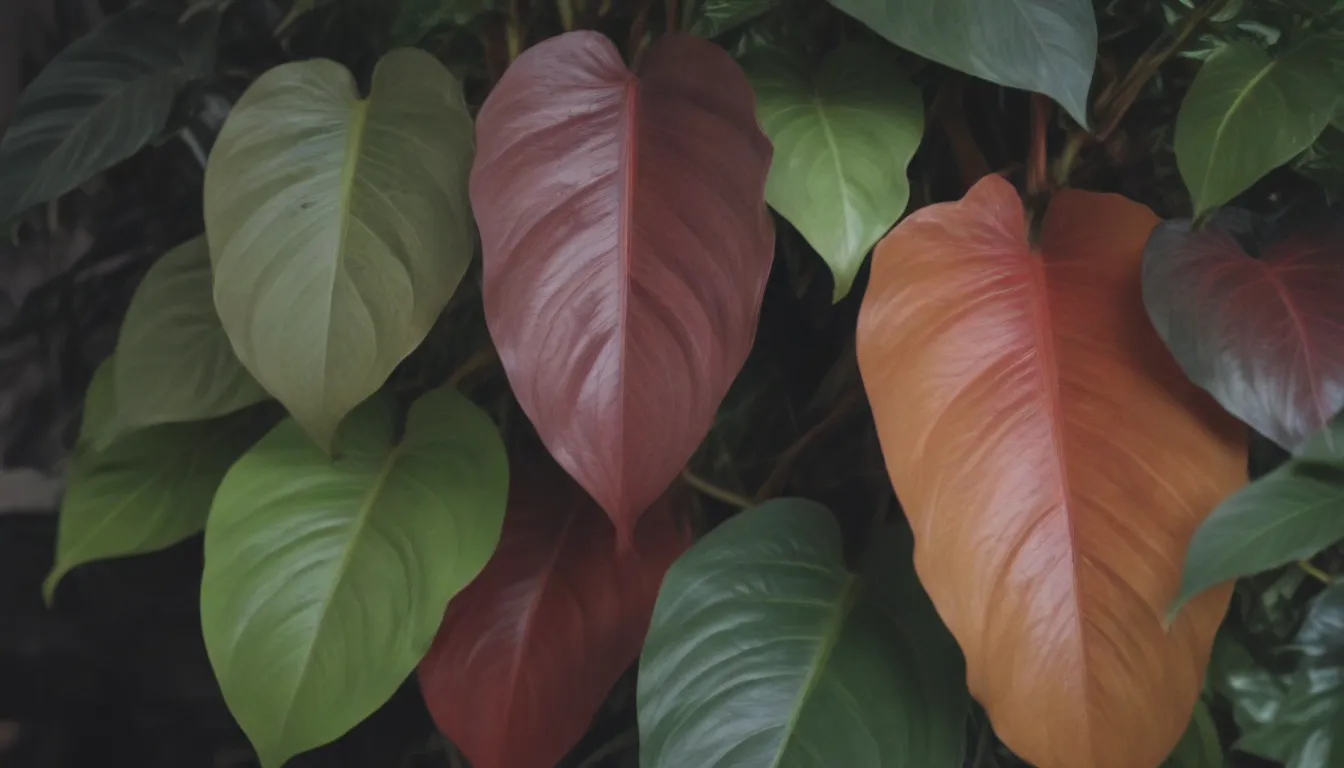
If you’re looking to add a splash of vibrant color to your indoor jungle, look no further than the stunning Philodendron Imperial Red. This tropical beauty is a popular choice among plant enthusiasts for its eye-catching new leaf growth that starts off bright red before maturing to a rich copper or gold shade, eventually turning a lush green.
In this comprehensive guide, we’ll walk you through everything you need to know to keep your Philodendron Imperial Red happy and thriving in your home. From light requirements to watering schedules and common pest problems, we’ve got you covered. Let’s dive in!
Light Requirements for Philodendron Imperial Red
To maintain that striking red coloration, your Philodendron Imperial Red will need plenty of bright, indirect light. Position your plant in an east-facing window for gentle morning sunlight, or a few feet away from south or west-facing windows to avoid direct sun exposure. Too much sun can lead to leaf burn and stunted growth, so find a spot with just the right amount of light.
Soil Needs and Watering Tips
Like its relatives in the Philodendron family, the Imperial Red variety thrives in a light, well-draining potting mix that retains moisture without becoming waterlogged. A standard houseplant mix with added perlite or orchid bark works well, or you can create your own blend tailored to aroids.
When it comes to watering, keep an eye on the soil surface and water when it begins to dry out slightly. Instead of sticking to a strict schedule, check the moisture level regularly and adjust your watering accordingly. Ensure that excess water can drain freely from the pot to prevent root rot, and always empty saucers after watering.
Maintaining the Right Temperature and Humidity
Philodendron Imperial Red prefers warm, humid conditions to mimic its tropical origins. Aim for temperatures between 60 and 80°F, avoiding prolonged exposure to anything below 55°F. The plant thrives in humidity levels between 50 and 70%, but can adapt to typical household levels with a little extra care. Consider using a humidifier near your plant if your space is particularly dry.
Fertilizing Your Philodendron Imperial Red
To support healthy growth and vibrant foliage, start fertilizing your Philodendron Imperial Red when new growth appears in late winter or early spring. Use a balanced liquid houseplant fertilizer diluted to half strength and feed your plant monthly. Pause fertilization as the days shorten and temperatures drop in the fall.
Pruning and Propagating Techniques
While your Philodendron Imperial Red doesn’t require frequent pruning, removing yellow or dying leaves can enhance its appearance and overall health. To propagate your plant, look for offsets or plantlets at the base of the mother plant and divide them during repotting. This method allows you to create new plants from existing ones and expand your collection.
Repotting Your Philodendron Imperial Red
Keep an eye out for signs that your Philodendron Imperial Red is outgrowing its current pot, such as roots escaping through drainage holes or slow growth. Plan to repot every two to three years with fresh potting mix and a slightly larger container to accommodate the plant’s growth. Spring or summer is the ideal time for repotting to minimize stress on the plant.
Dealing with Pests and Diseases
Like many indoor plants, Philodendron Imperial Red is prone to common pests such as aphids, scale, whiteflies, mealybugs, and spider mites. Regularly inspect your plant for any signs of infestations and take prompt action to control the problem. Treat affected plants with insecticidal soap, neem oil, or a homemade solution to keep pests at bay.
Troubleshooting Common Issues with Philodendron Imperial Red
If you notice yellowing leaves on your Philodendron Imperial Red, it could be a sign of overwatering, so adjust your watering habits accordingly. Keep an eye out for color reverting in new leaves, which indicates insufficient light exposure. Brown spots can result from pest damage or too much direct sunlight, so investigate the cause and make the necessary adjustments.
As you care for your Philodendron Imperial Red, remember that each plant has its unique needs and preferences. By observing its growth patterns, responding to its cues, and making adjustments as needed, you’ll be well on your way to becoming a Philodendron aficionado.
In conclusion, Philodendron Imperial Red is a stunning addition to any indoor plant collection, with its vibrant foliage and relatively easy care requirements. With proper lighting, watering, fertilizing, and occasional maintenance, you can enjoy the beauty of this tropical plant for years to come. So, go ahead and give your Philodendron Imperial Red the love and attention it deserves, and watch it flourish in your home. Happy growing!


